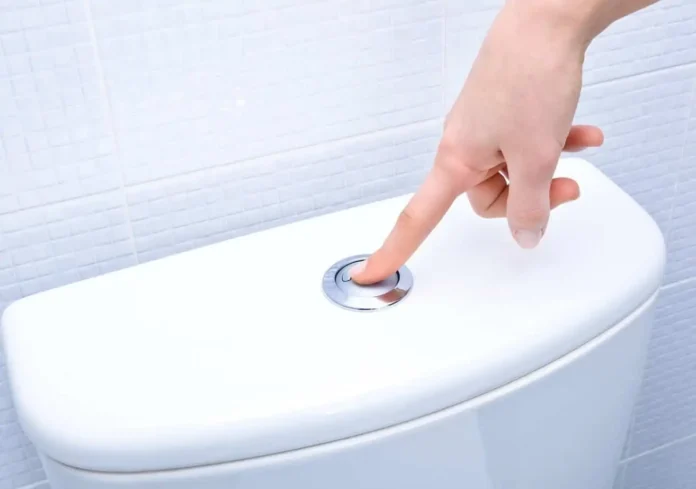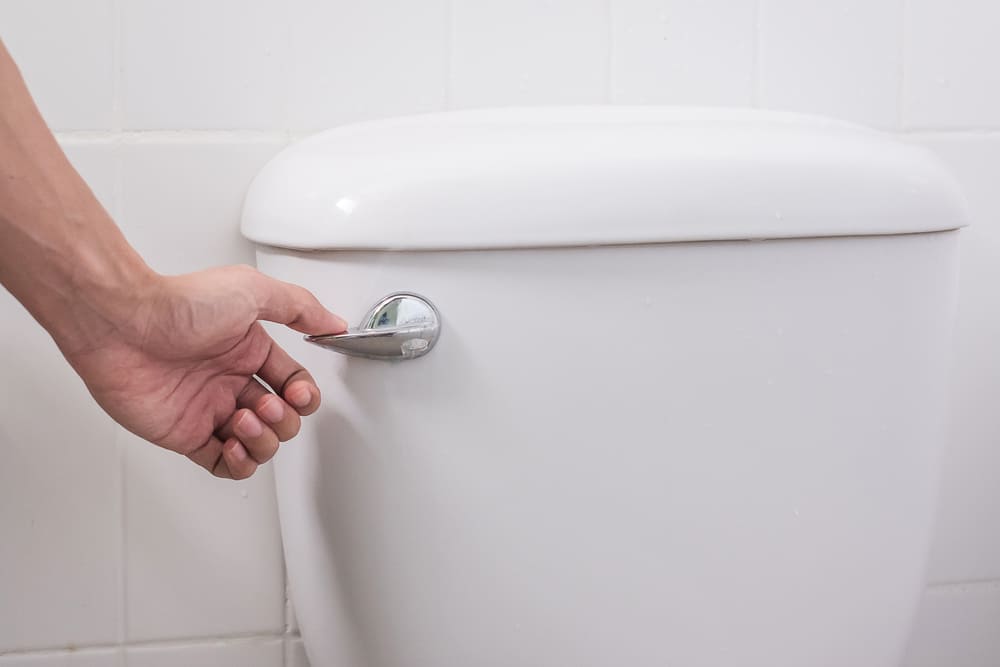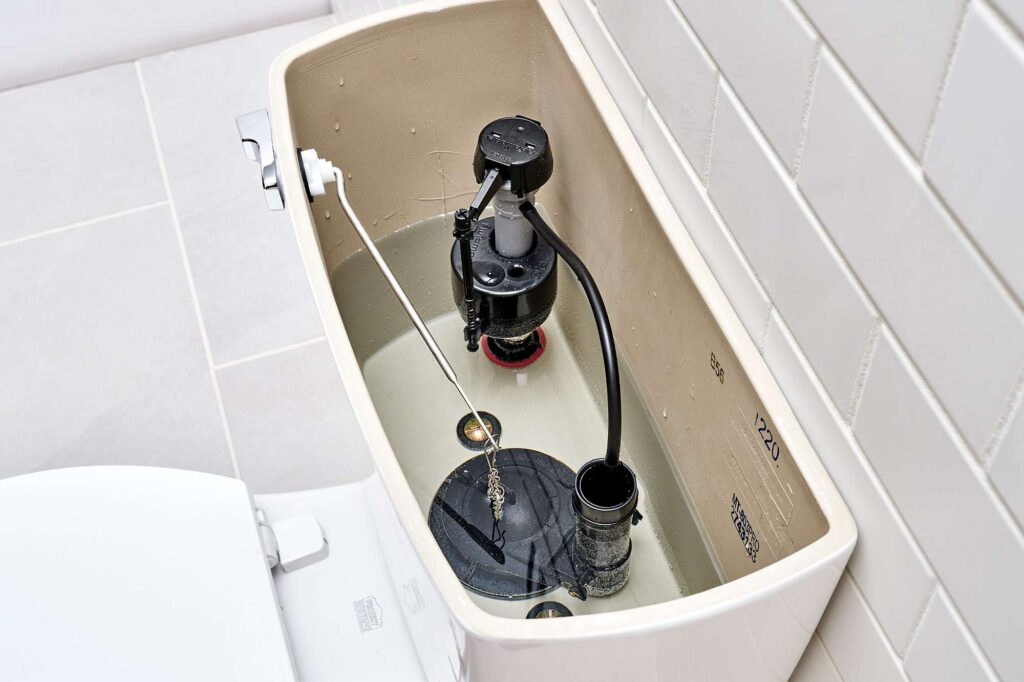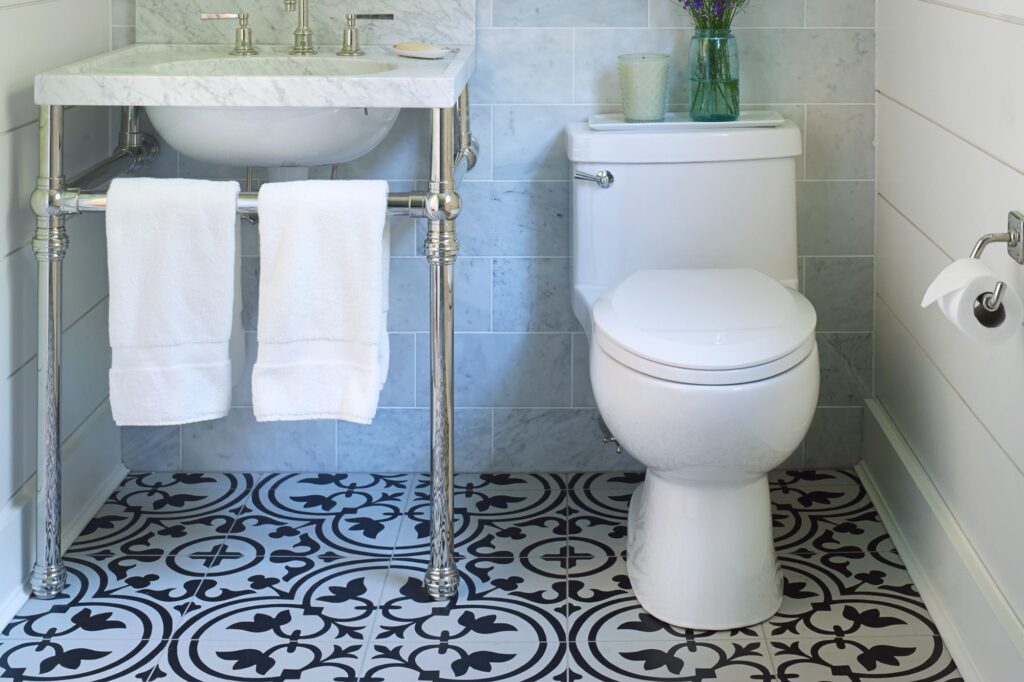
The various appliances that we have in our home can make life easier. Their primary function, after all, is intended to serve one purpose. Take the refrigerator in your kitchen, for instance, which helps to keep your food products in good, edible condition. The toilet is another appliance that serves its purpose well.
Unfortunately, your appliances were not built to last forever. Some may experience a few issues here and there. The great part about this scenario is that you can fix some of these problems with the right solutions. If you find the toilet above making a strange whistling noise, use these tips to get it back into a working state.
1. Audible Noise
The toilet makes an audible sound once you activate the flushing motion. Sometimes, you may begin to hear odd noises emanating from the appliance, seemingly out of nowhere. One of these noises sounds like a person whistling, which can quickly become a nuisance.
There are other noises to be aware of. However, each of these requires a separate fix. Pay close attention to what the sound is once you begin to notice it. You can proceed with the following solutions if it is a whistling noise. It may seem unusual, but it can be taken care of quickly!
2. Source of Whistling

After determining that your toilet is whistling, inspect it for other potential issues. There may be another problem at bay, which generally could deteriorate the toilet. For example, there may be a leakage in the pipes that comprise the overall setup of the appliance.
Most of the time, the whistling noise could emanate from a leaky toilet pipe. All you have to do is remove the damaged pipe and install a new one. Then, that should take care of the leak and the whistling noise. Should the whistling noise continue, you must look into other components. You should also consider contacting a professional like Birnie Plumbing for assistance.
3. Fill Valve

As mentioned previously, there are a ton of parts that comprise the back end of the toilet itself. A fill valve is one of the most important aspects of a toilet. Depending on the make of the toilet, the fill valve itself may come into different formats. For those with a toilet with a traditional valve, simply replace the gasket.
Or, if the fill valve in your current toilet is plastic, you may have to replace it entirely. However, the benefit of having this type of valve is that it has a much better shelf life. Installing this fill valve in your toilet may be best for future solutions. That way, you mitigate the chances of it breaking down.
4. Water Supply

Should there be a situation where water ceases to flow to the toilet, a whistling noise may emanate. In this regard, you may have to review the status of the water supply. Check behind the toilet to find the location of the supply and inspect its current position. Turn it counterclockwise, which will allow it to open.
Sometimes, the water supply valve may be closed if other troubleshooting occurs in the home. In other cases, the supply valve may seem as if it is open, but not enough. Simply put, turn the supply valve left so you can rest assured that it is open. You will have solved the audible issue by doing this one simple trick!
5. Nuts and Bolts
No matter what type of toilet you have, every component will be fastened by various nuts or bolts. Once you are doing your investigation, make sure to review if these bolts are secure. Sometimes, a loose bolt or nut can result in the toilet part not working. It’s an uncommon whistling source, but it requires your attention.
6. Professional Servicing

Your toilet can only be worked on so much before you need to get extra support. If the whistling noise persists, getting a plumber to inspect it may be in your best interest. These professionals work with all sorts of appliances and can find the source of the whistling noise.
Call a local plumber, and let them review the status of the toilet. They will inspect the appliance’s inner components to determine the problem’s source. It might cost you a bit more, but it is a guaranteed solution that will work. Your toilet will no longer be making those strange noises seemingly out of the blue after their work!








